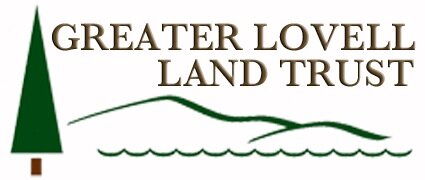Forest Service Experimental Forests
RIGHT IN THE NEIGHBORHOOD!
Bob Winship
FROM THE 2017 EDITION OF LAND, LAKES & US MAGAZINE
Almost one-hundred years ago, Congress authorized the US Forest Service to establish a network of experimental forests on National Forest System lands. Long-term research was begun exploring topics such as ecosystem processes, forest management techniques, wildlife and their habitats, and factors that affect forest growth and health.
A total of 110 forests were established across the country—though only about eighty remain today—ranging in size from just more than 100 to over 55,000 acres. Some of the larger tracts contain multiple drainage areas making them ideal settings for landscape-scale projects.
The experimental forests are living laboratories for carrying out research that has utility now and for the future. The properties remain protected and in a controlled state of development so that the results of research are not contaminated by changes in the factors that affect the research outcomes. By establishing experimental forests over a wide geographic area, the effects of climate, soil conditions, elevation, species of flora and fauna, development activity, and other factors, can be isolated and better understood.
With locations across the nation, the experimental forests are managed by five research stations—Northern, Southern, Rocky Mountain, Pacific Southwest and Pacific Northwest. The Northern Research Station administers twenty-two experimental forests throughout the Midwest and the Northeast including Bartlett and Hubbard Brook in New Hampshire and Penobscot and Massabesic in Maine.
NEON Tower Installation
NEON Tower Installation
The Bartlett forest is located about fifteen miles (as the crow flies) west of Kezar Lake. Established in 1931, it has five hundred quarter-acre growth plots laid out in a grid on 2,600 acres. By recording the characteristics of the plots in 1931, the groundwork was laid for research that has been ongoing for eighty-six years.
Four times over the period of study, all of the forest trees greater than two inches in diameter at breast height have been measured. After the initial measurements in 1931 and 1932, plots were grouped for long-term study. Some plots received silviculture treatments (controlled tending and harvesting of the forest trees) over the years and some were not harvested at all. The plots have been studied to assess the effects of the various management techniques on tree growth and regeneration along with observations of wildlife and vegetation.
The Bartlett forest is also home to a research tower that collects climate and atmospheric data as part of the National Ecological Observatory Network (NEON)—a system of data collection towers installed across the country to measure ecological changes over time.
Hubbard Brook Watersheds
Also nearby is the 7,800-acre Hubbard Brook Experimental Forest. The site is located in Woodstock in central New Hampshire just west of Route 93, within the White Mountain National Forest. The Hubbard Brook forest was established in 1955 as a site for hydrologic research being carried out by dozens of scientists from numerous institutions. The goal of their study is to better understand the synergistic forest and aquatic ecosystems, and their response to natural and human disturbances. The bowl-shaped valley and hilly terrain of the site, with elevation changes and numerous small watersheds, is especially well suited to the study. A network of precipitation- and stream-gauging stations, weather instruments and soil and vegetation monitoring sites provides the opportunity to collect the data needed for long-term study of the system.
Water Weir Measuring Station
Water Weir Measuring Station
These experimental forests, and similar forests across the country, are providing data needed to gain knowledge and develop the best management practices and policies for creation and maintenance of healthy and productive forests.
The results of the studies are well documented in dozens of scientific publications that are available online.




